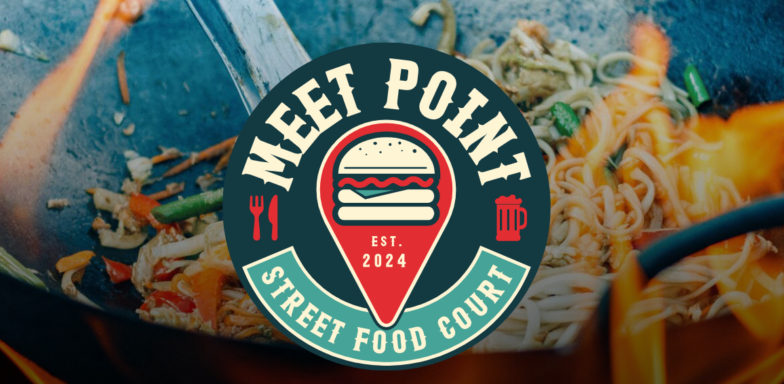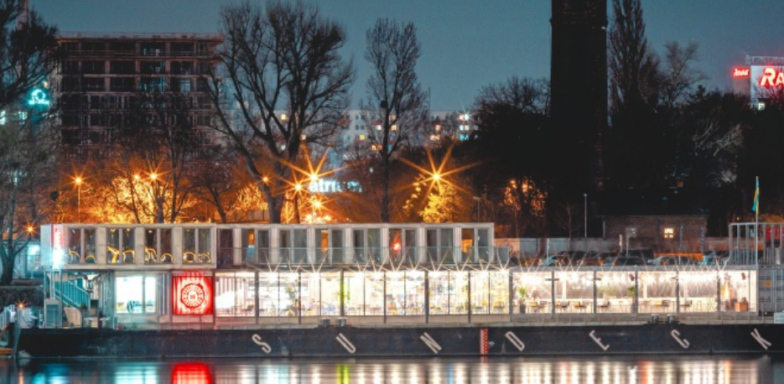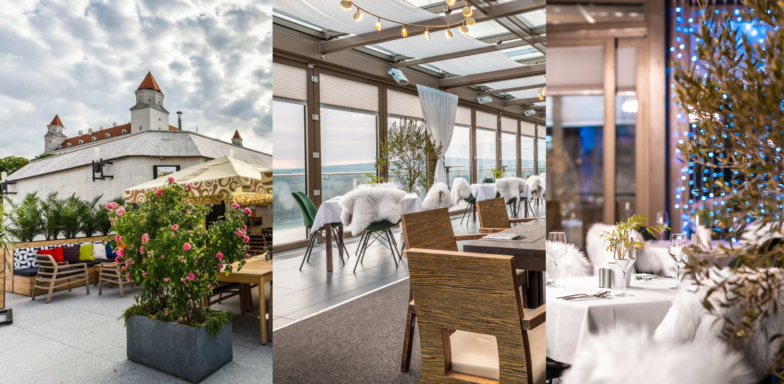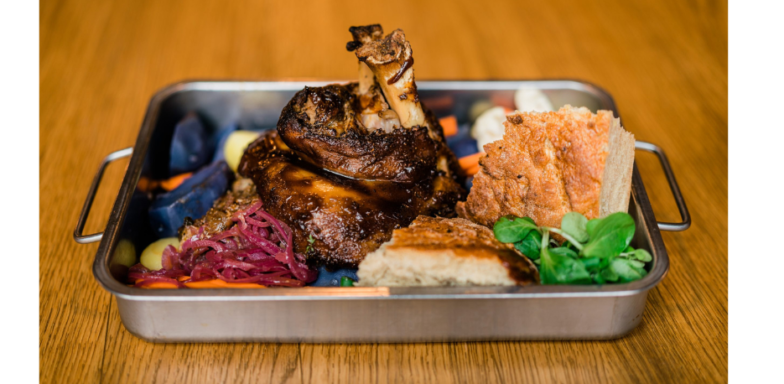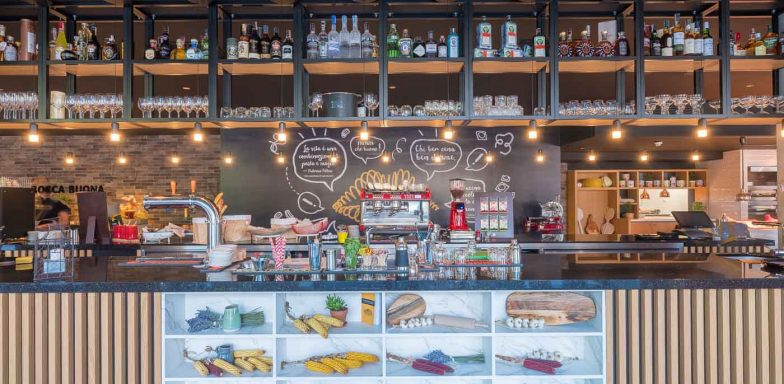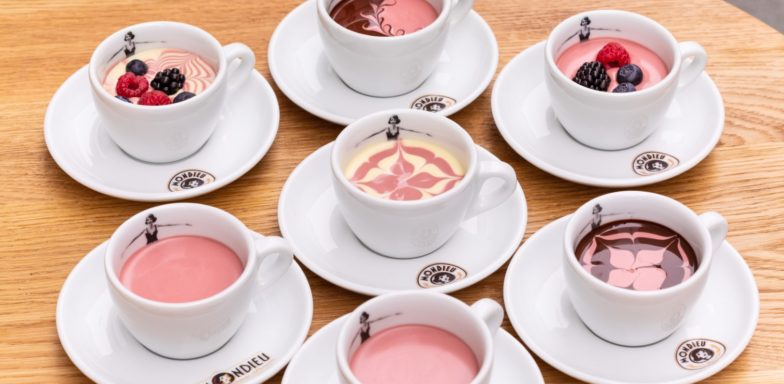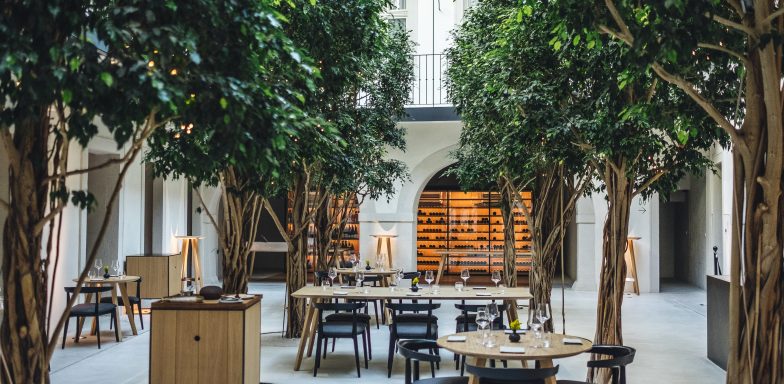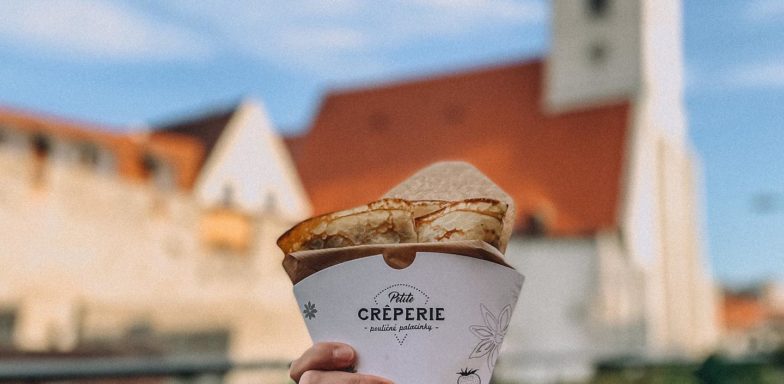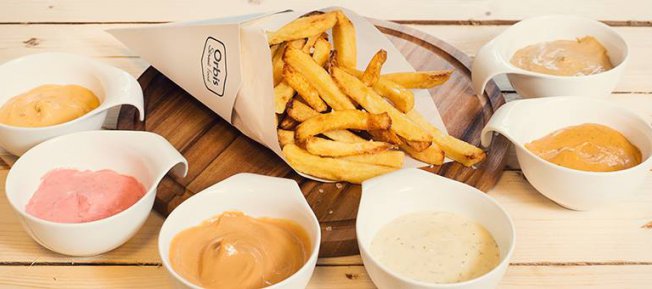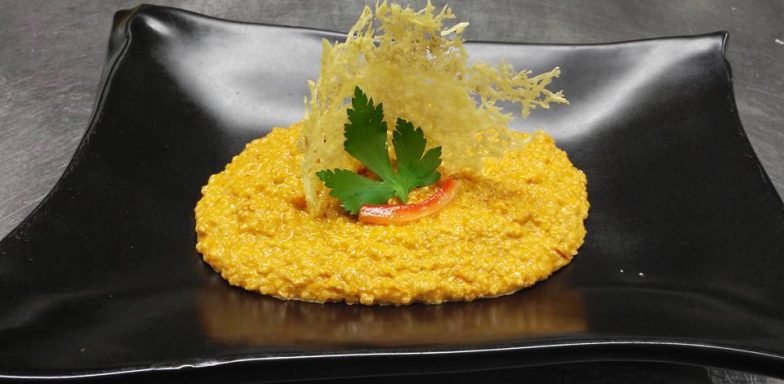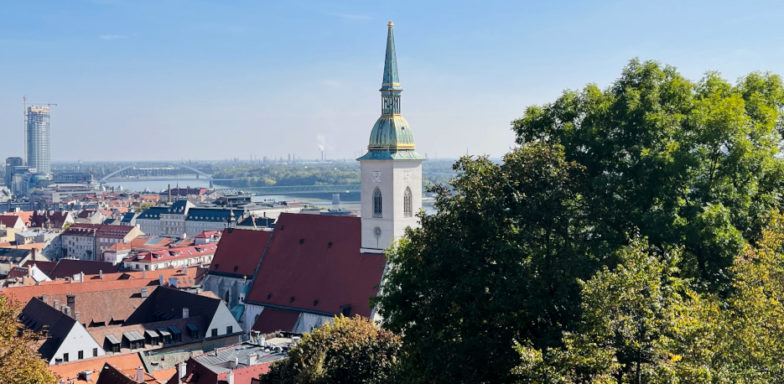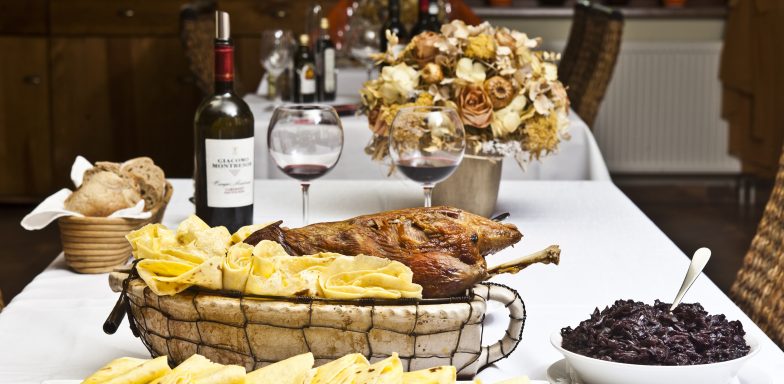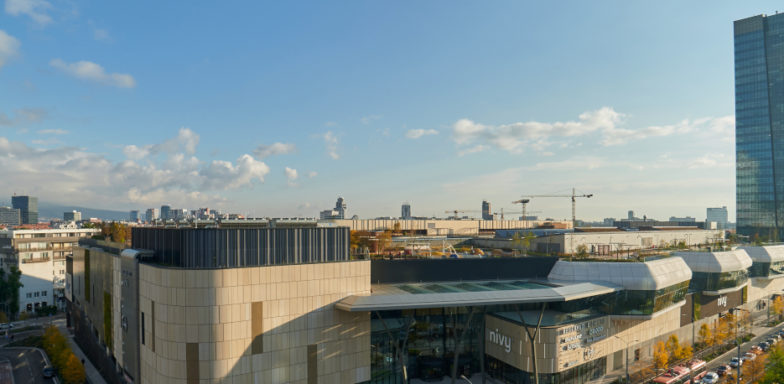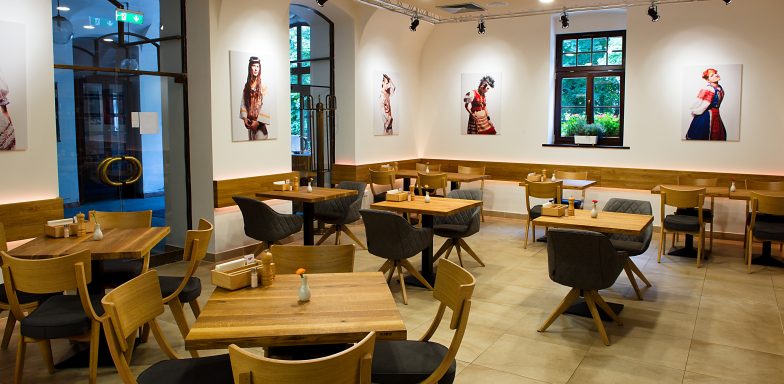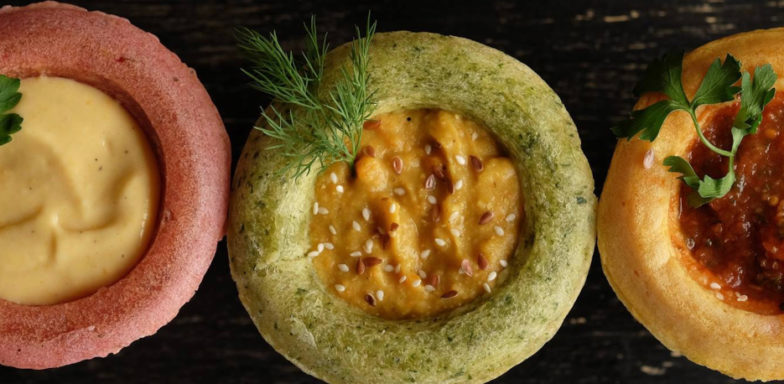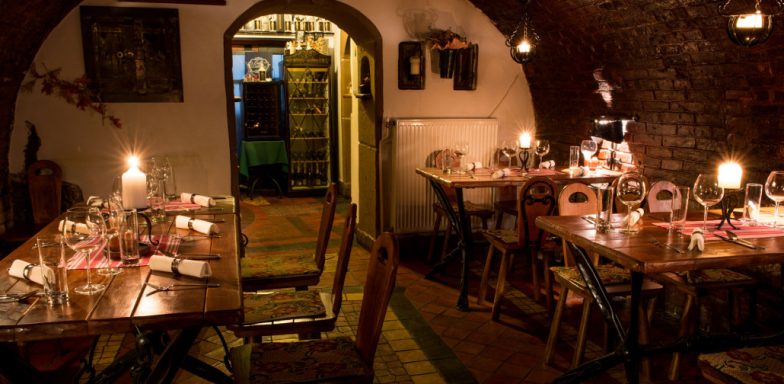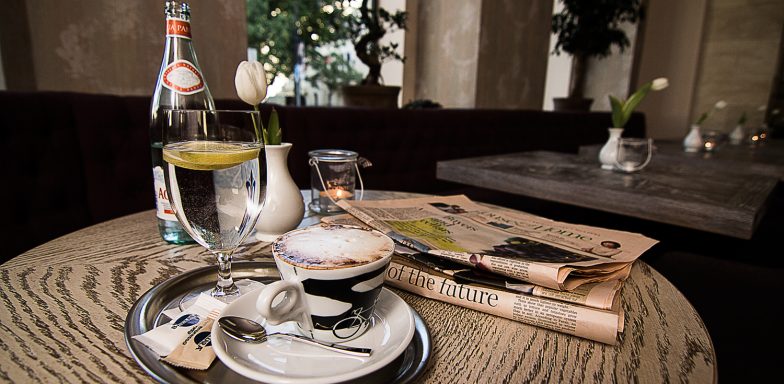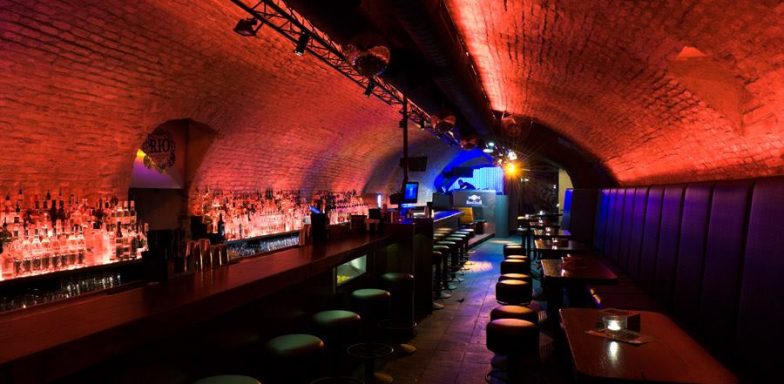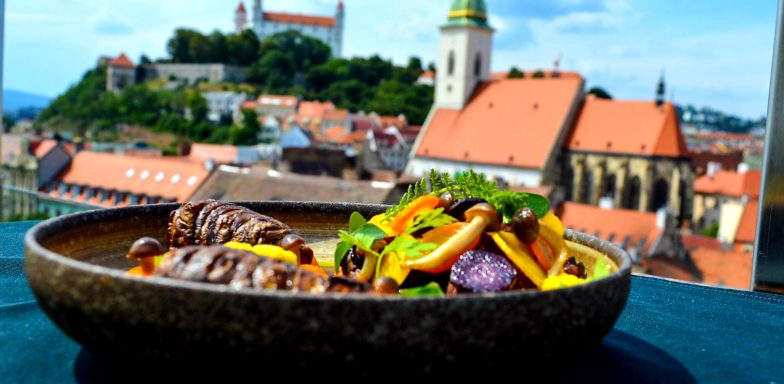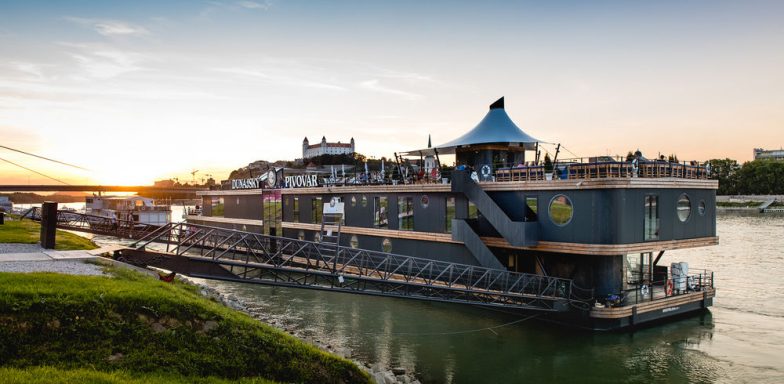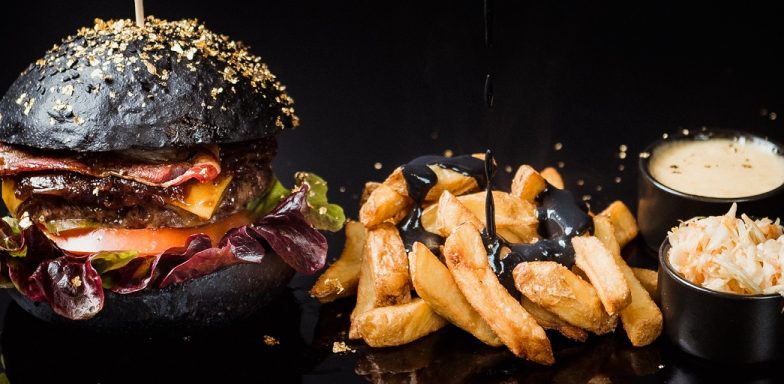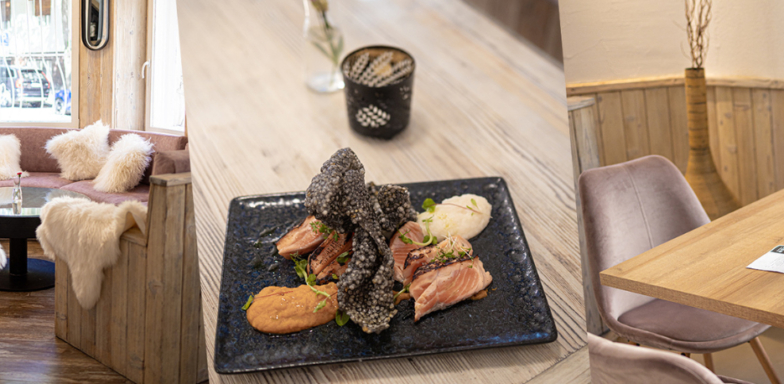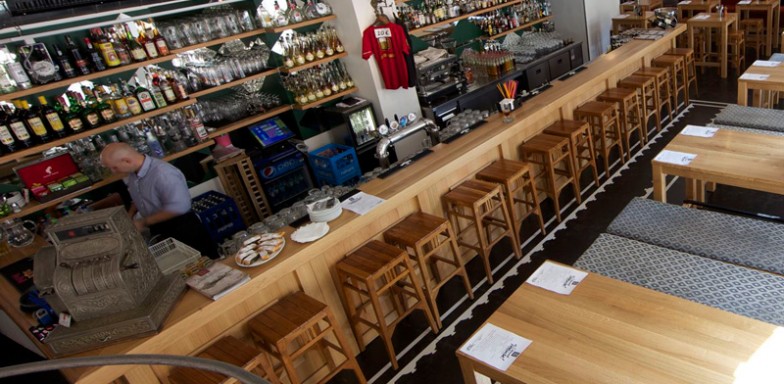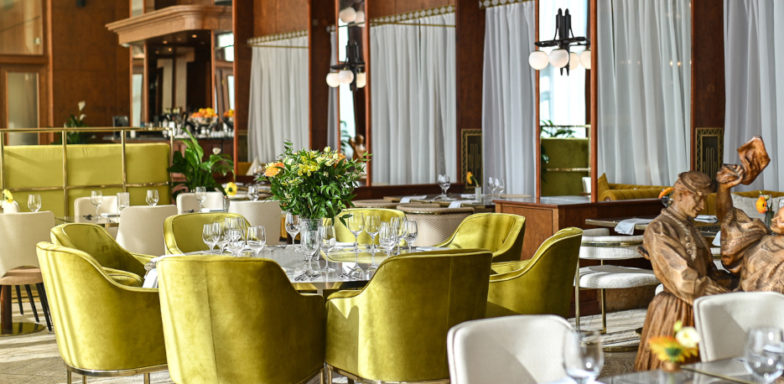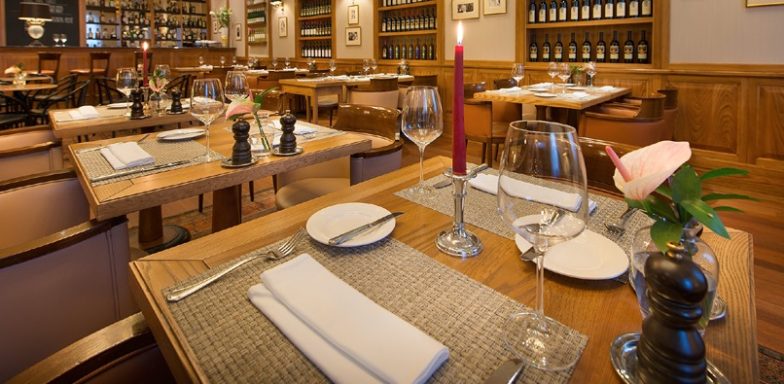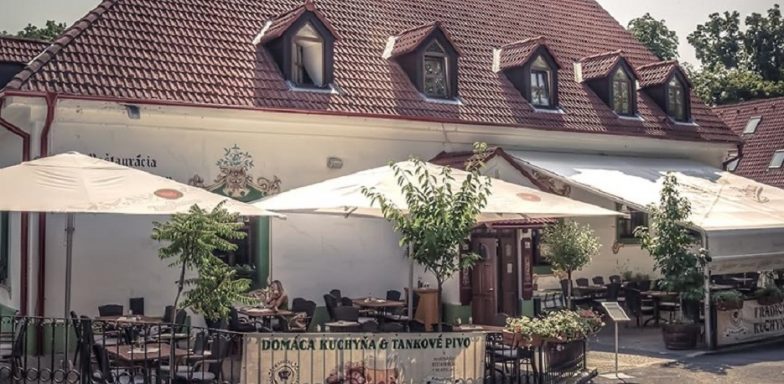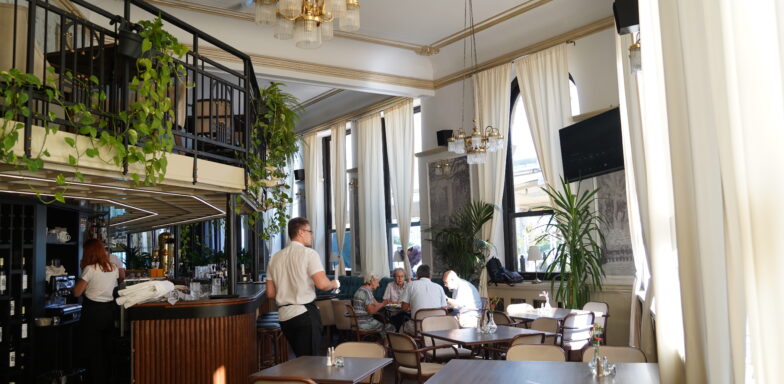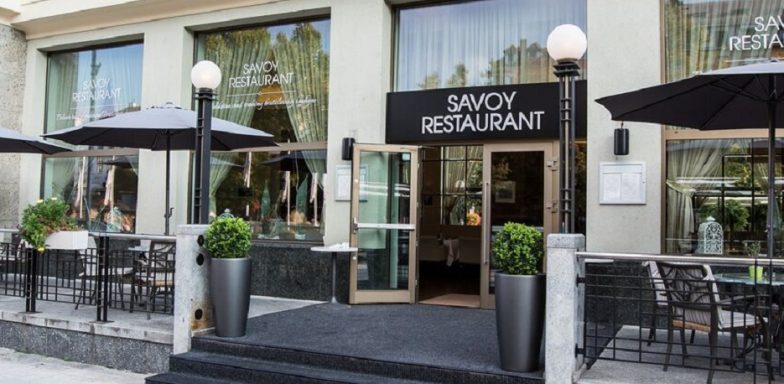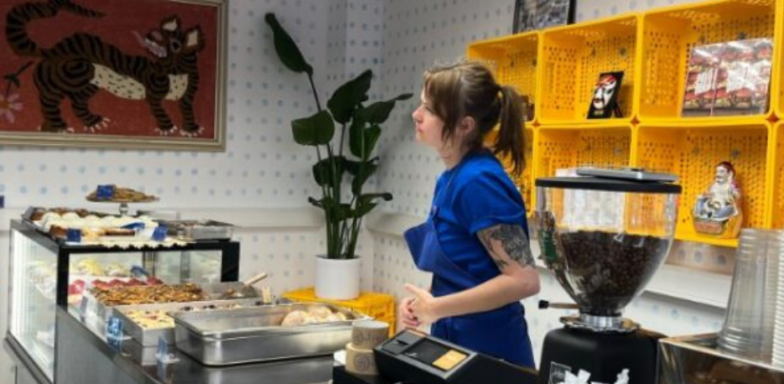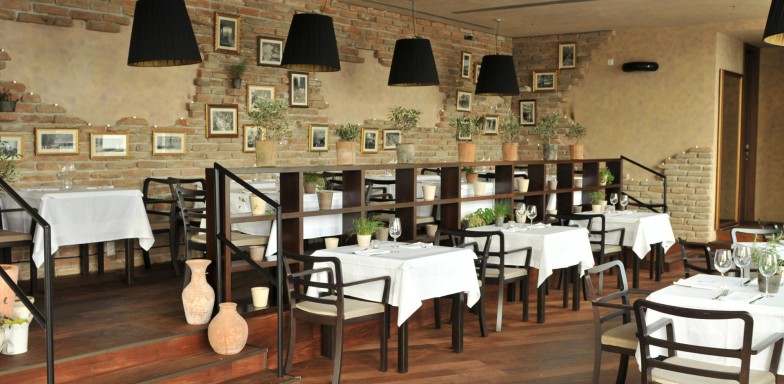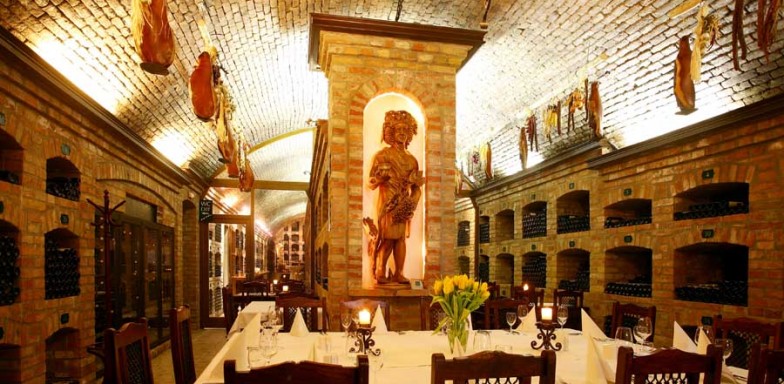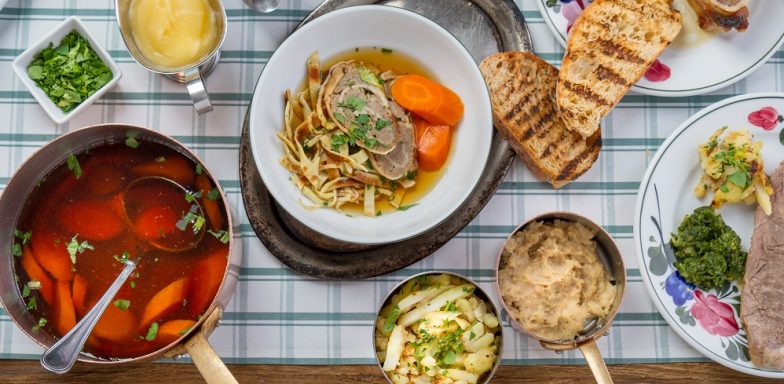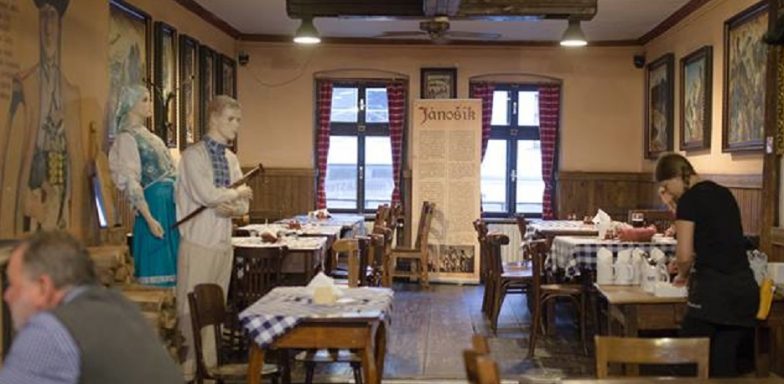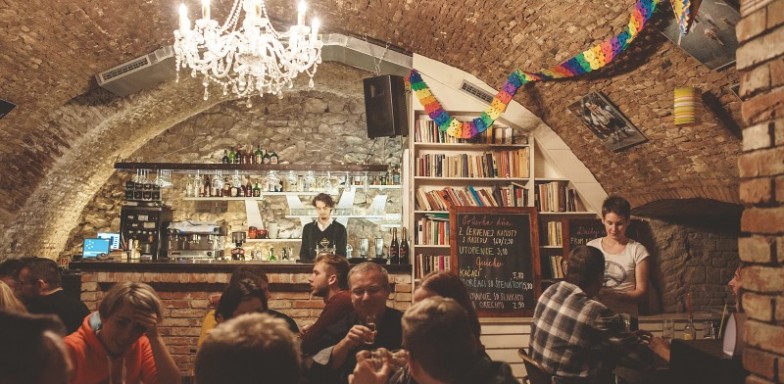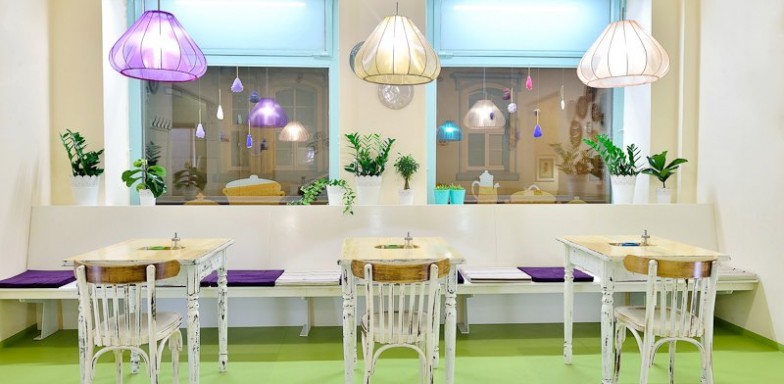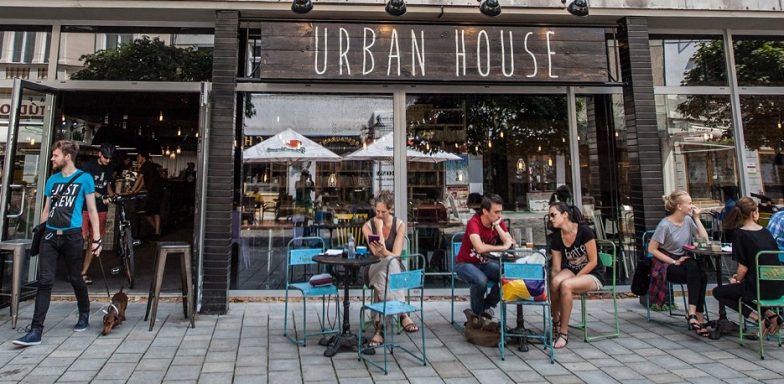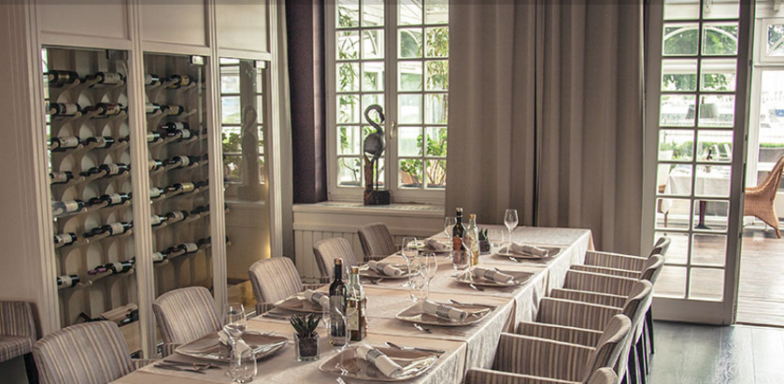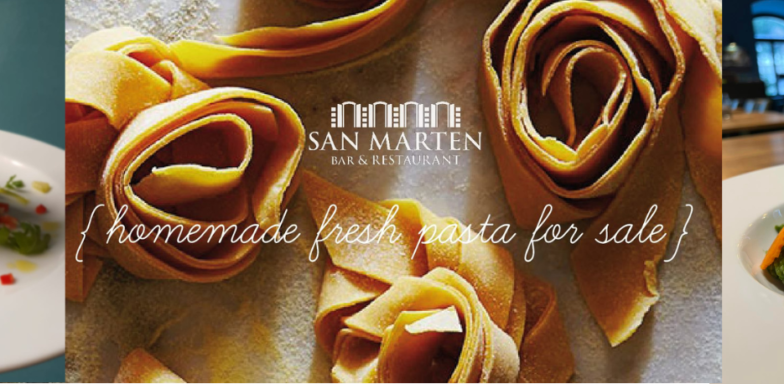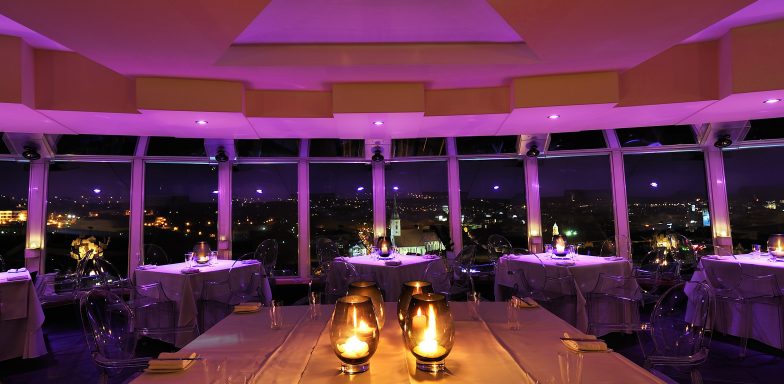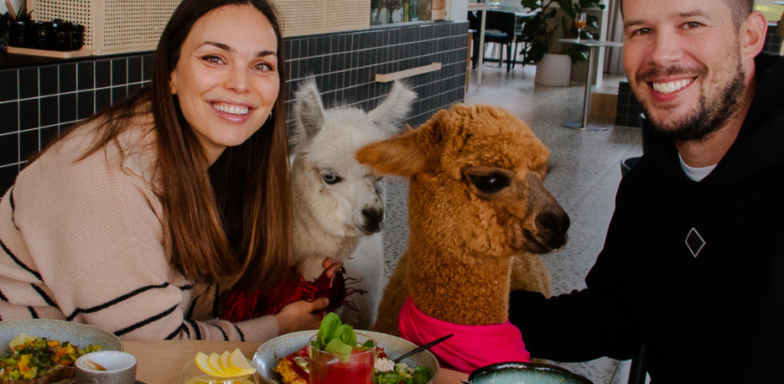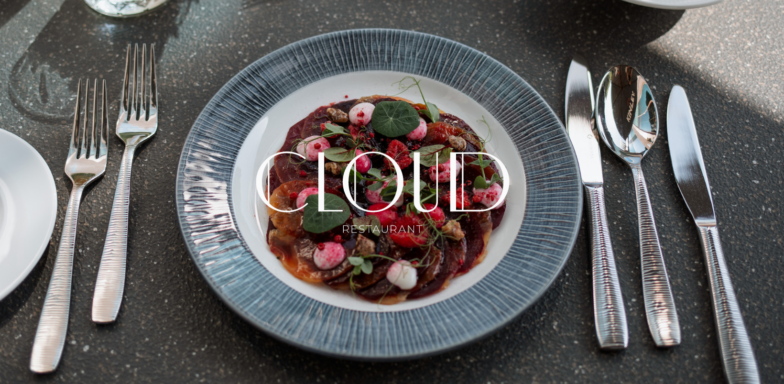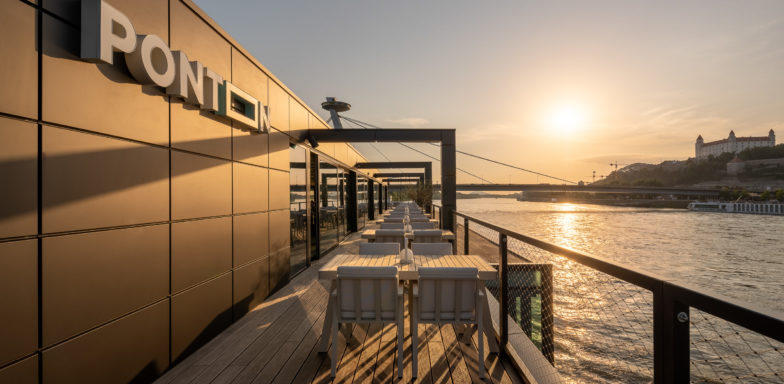Gastronomy
The local cuisine combines the flavors typical of the four most numerous nationalities that have shaped Bratislava today.
Hungarian spiciness, Austrian schnitzel and desserts, German game and sausages, as well as Slovak traditional dishes. Combine it with the rich tradition of Slovak wine regions and the result will be an unforgettable culinary experience.
Bratislava’s cuisine is difficult to define in one word. Maybe a little history lesson will help to explain it further. So, what’s available? References to “Pressburg cuisine” generally indicate the spicy Hungarian stews, goulashes, roasted pork, poultry, and fish. Austrian eateries feature deep fried meats – schnitzel – and amazing deserts. Germans influenced our roast – fancy wild boar and deer, sausages, goose or duck? Slovak traditional food consists of mainly different types of roast and grilled meat, grilled fish, fried cheese including the iconic sheep cheese and fresh vegetables.
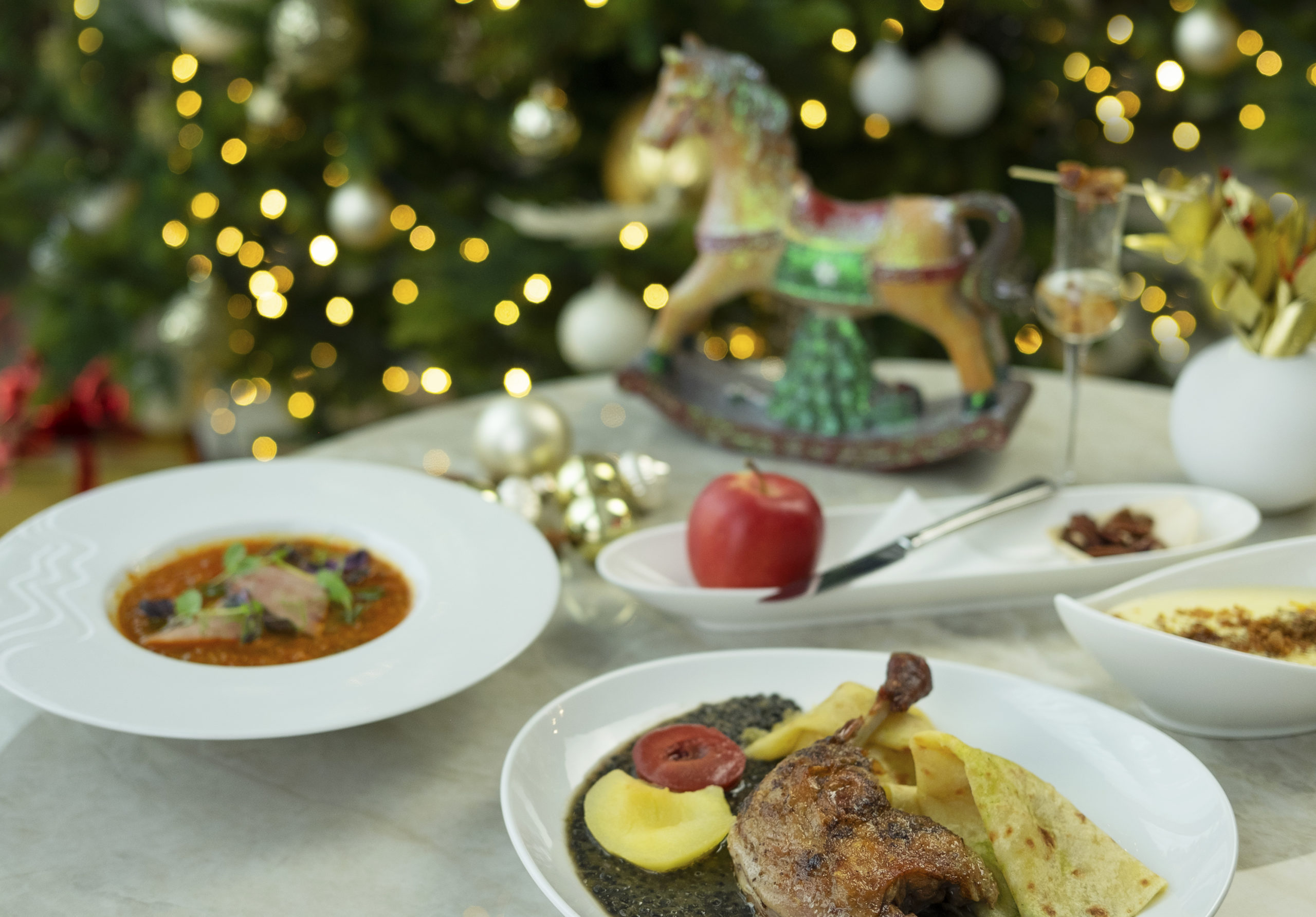
Substantial but Delicious
Roast goose accompanied by lokše is considered a signature dish here. It’s accompanied by a potato pancake and red or white stewed cabbage and the meal is eaten mainly in autumn. You must not forget ‘Bryndzové halušky’, potato dumplings meal with sheep cheese and crispy streaky bacon, which can be found at almost every Bratislava restaurant. Actually potato, cabbage, and sheep or cow cheese are ingredients found in many traditional Slovak meals like ‘zemiakové placky’ (potato fried pancakes) or ‘kapustové halušky’ (potato dumplings with cabbage).
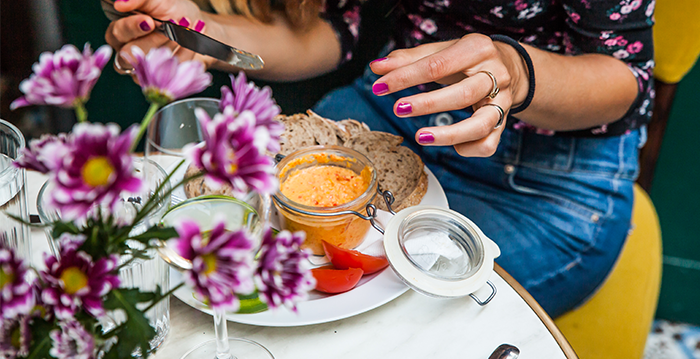
Local & Seasonal
Current Bratislava cuisine discovered the rewards of using fresh, local ingredients and the power of seasonal cooking. Spring menus will typically feature asparagus and other vegetables accompanied by light wine-based sauces; summer menus offer light soups and freshly picked garden vegetables; autumn menus boast chestnuts, squash, and pumpkin flavored dishes and berry-flavored sauces. Winter menus lean towards hearty bean and lentil soups, dark meats and root vegetables.
There is also a new breed of chefs trained abroad emerging in the city. Five-star hotels are hiring experienced international chefs to ever better their hotel restaurants.
Gastrozones have also sprung up in a form of markets and inside the shopping centres. The most trendy one is the Eurovea Gallery along the river Danube (where young professionals go to be seen) and in Hviezdoslavovo Square in Old Town.
